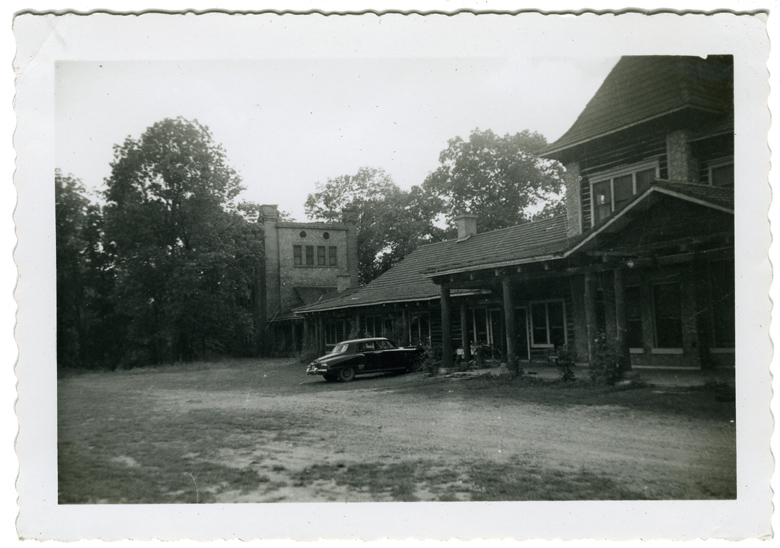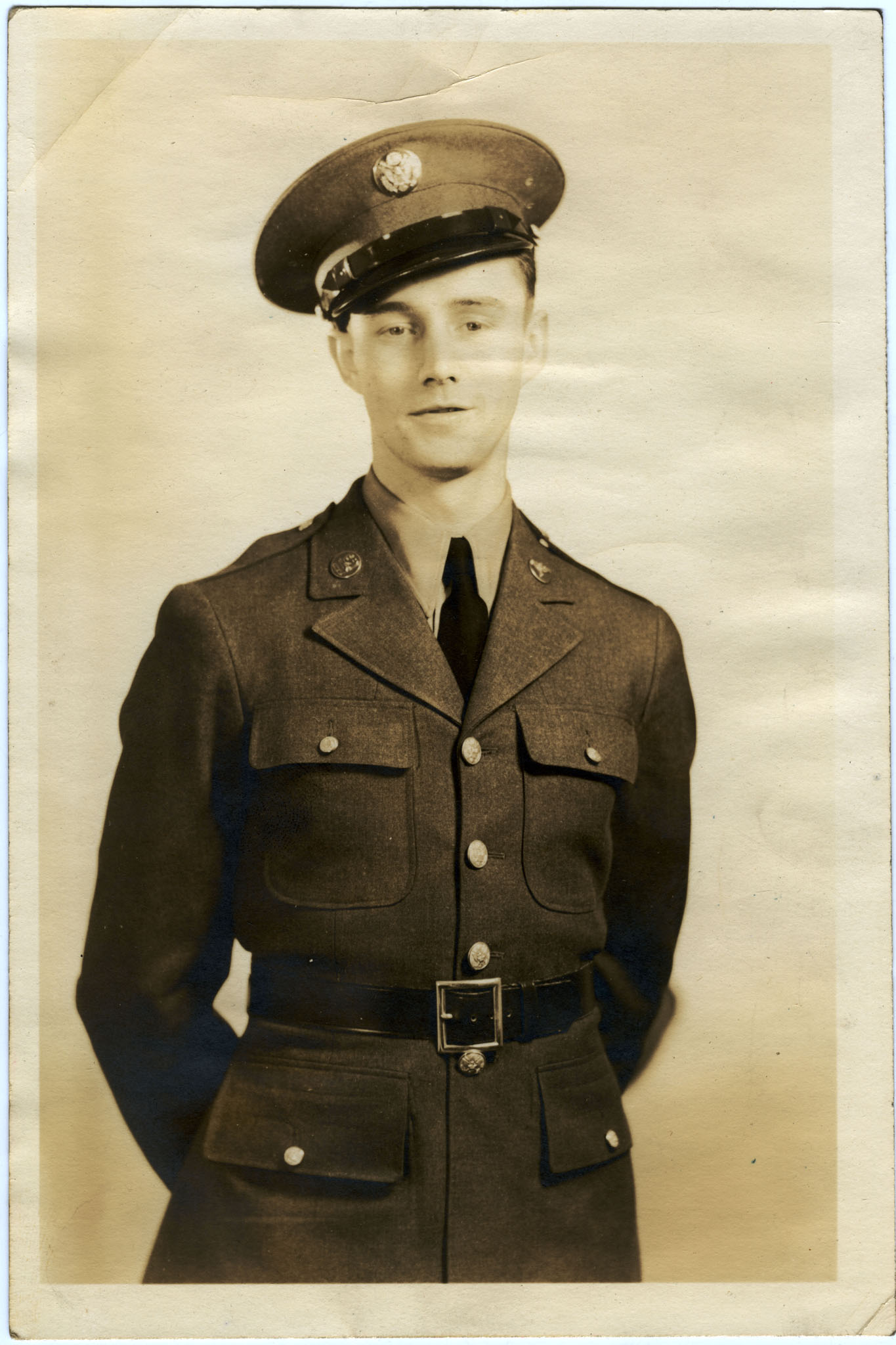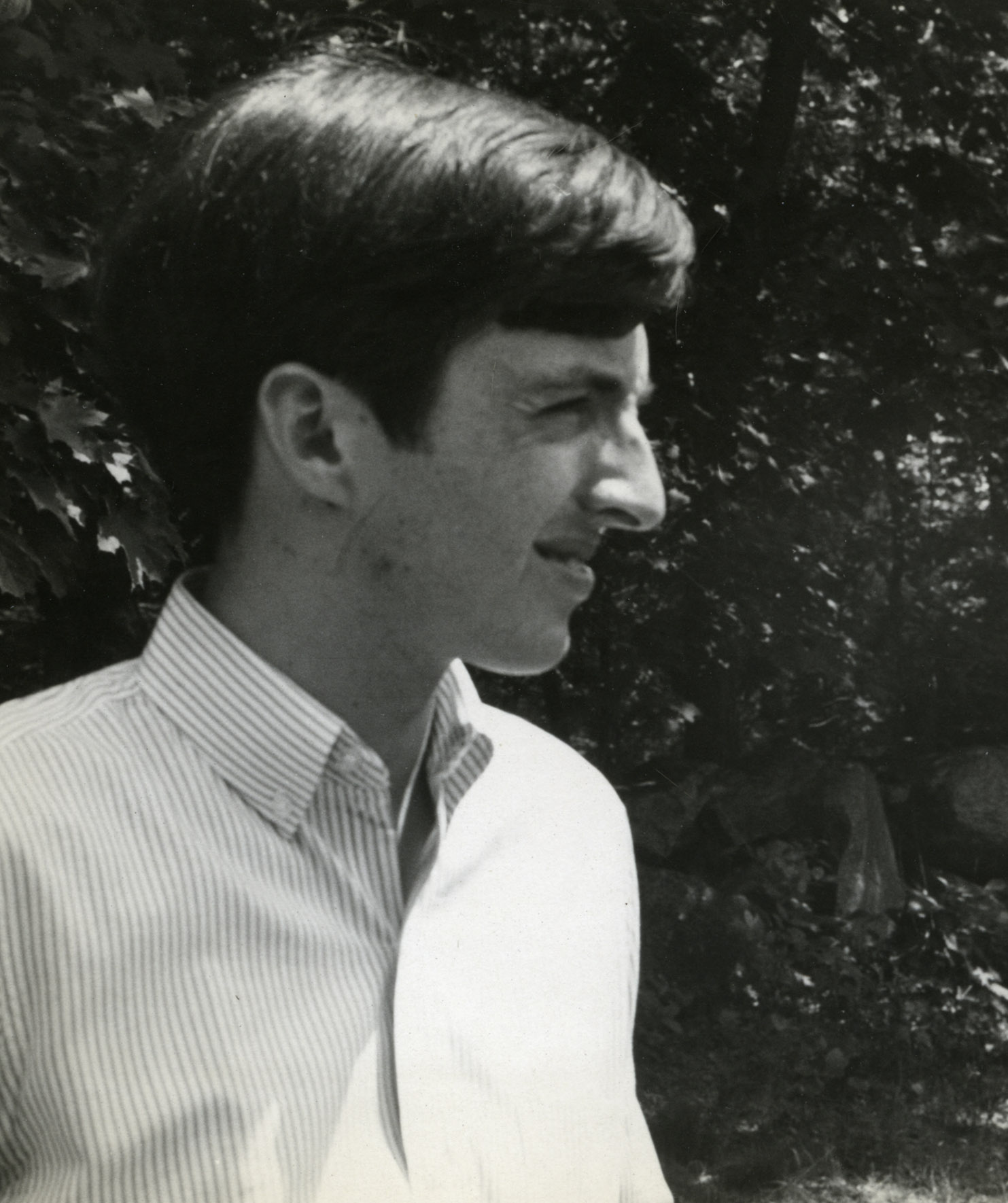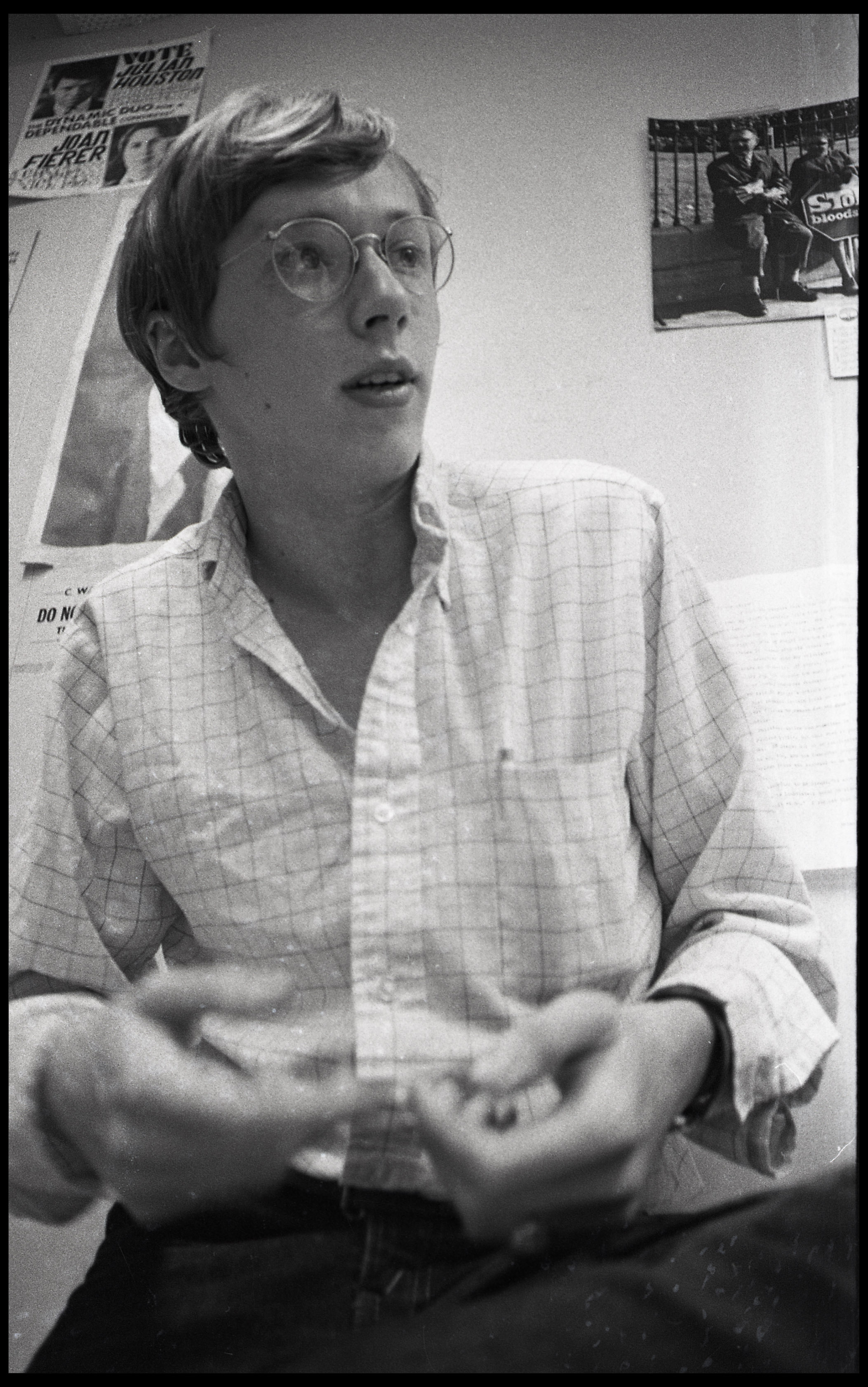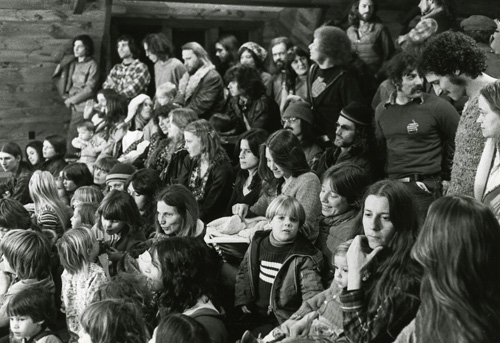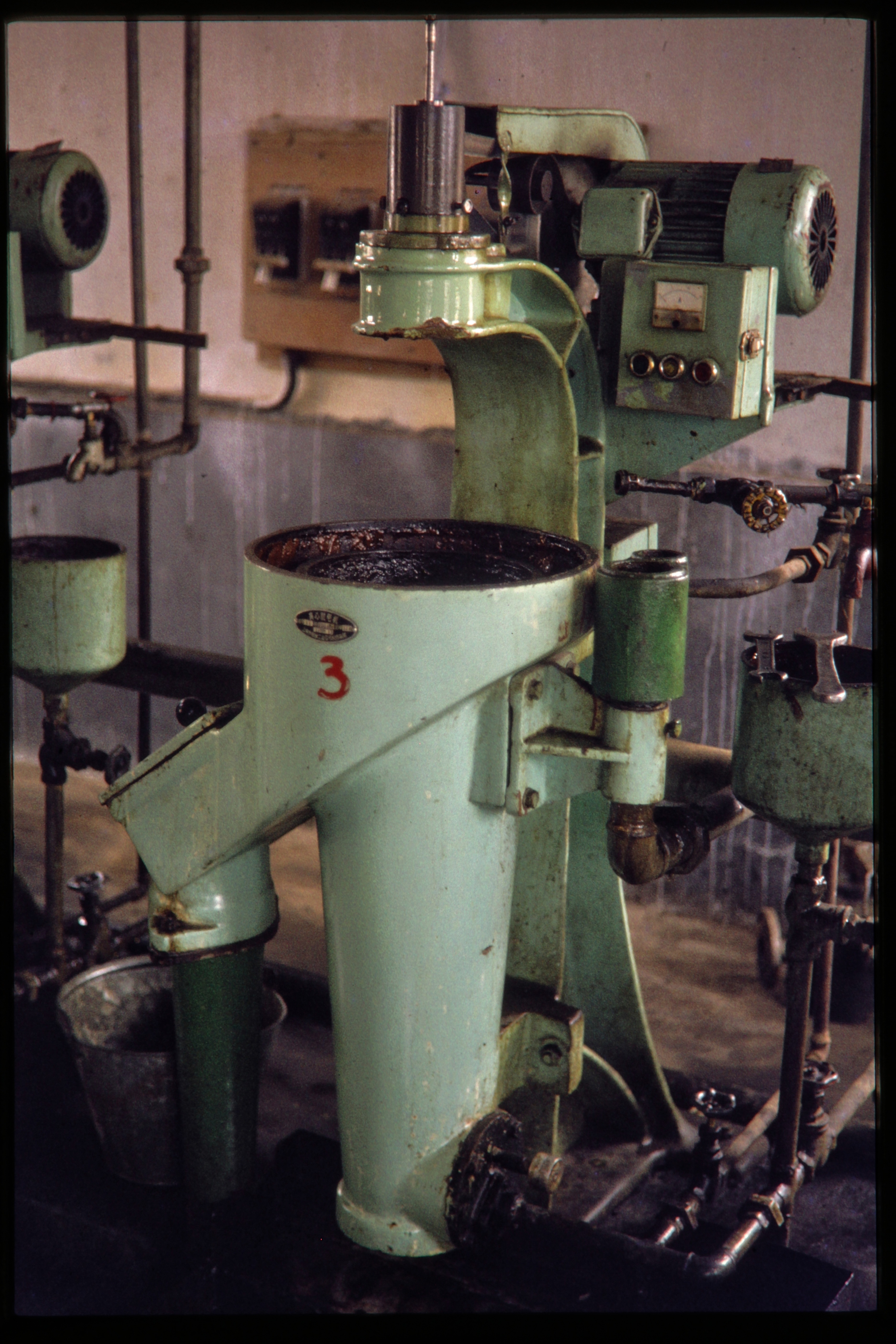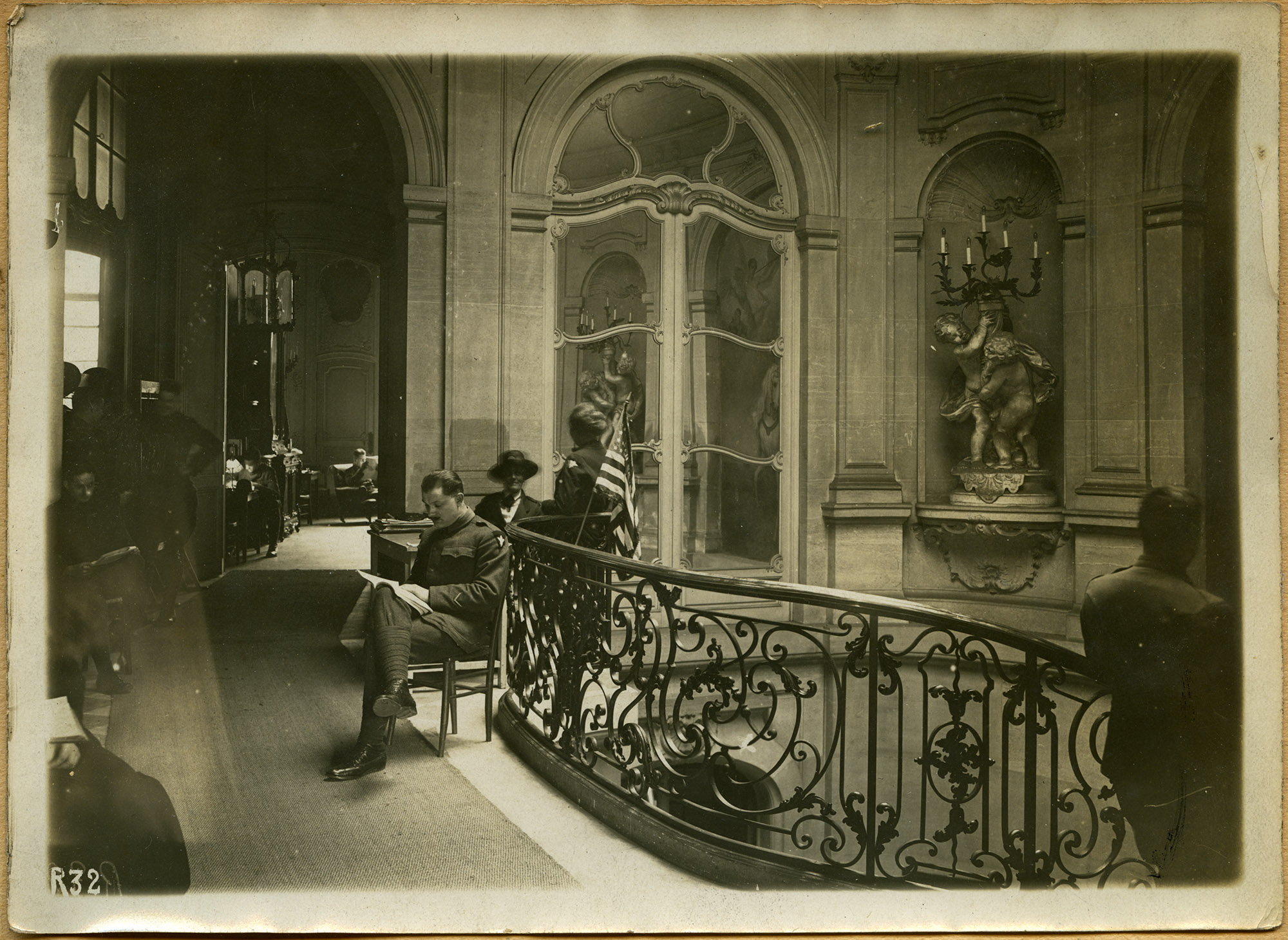Econosmith Collection
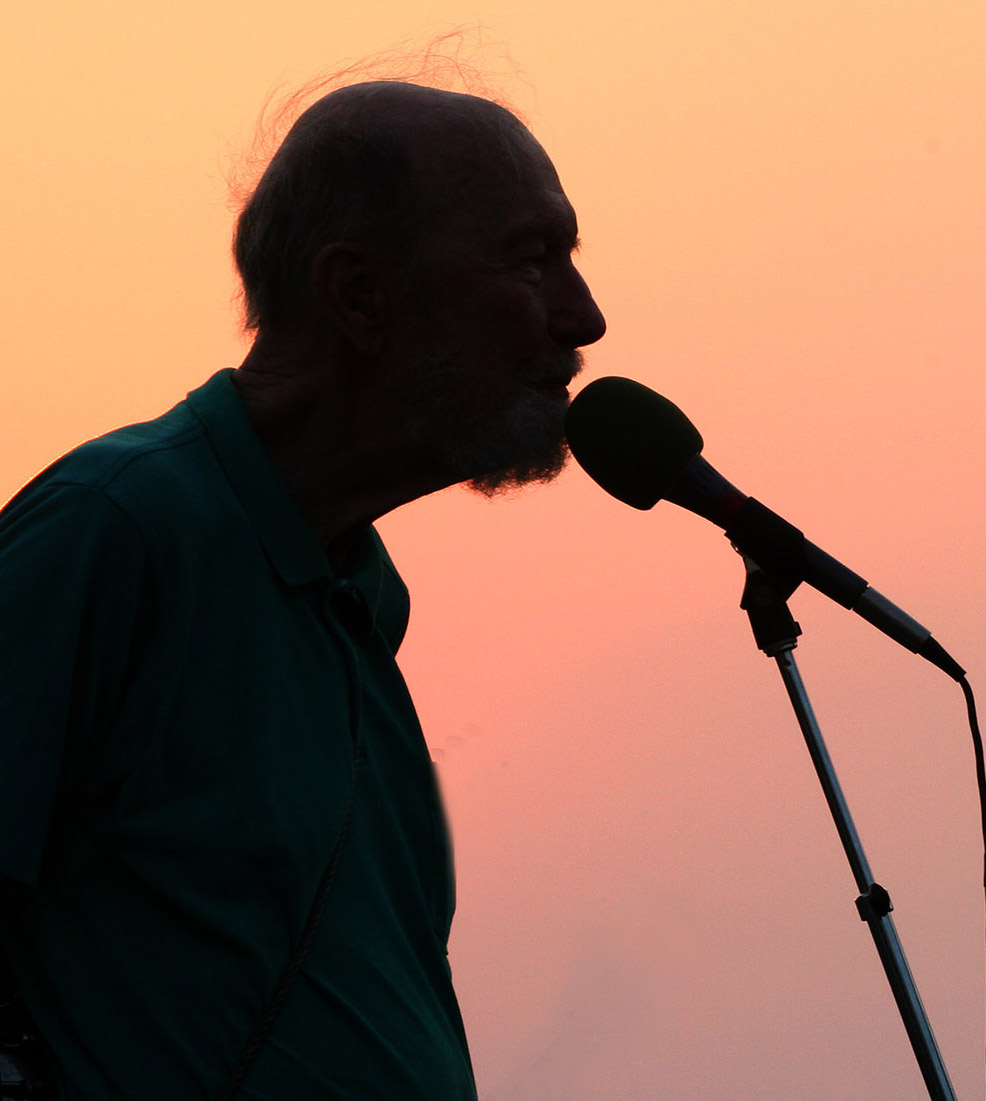
A wife and husband team of photographers based in Provincetown, Mass., Maxine Smith and John Economos, known collectively as Econosmith, are photographers of the folk music scene, social action, and the landscape and people of outer Cape Cod. Social activists themselves, the Econosmiths were photographers for Pete Seeger during the last decade of his life and headed up the photography team at the Clearwater Festival, giving them unusual access to dozens of performers.
With compelling images of musicians in performance, the Economsmith collection is a rich visual record of the contemporary folk scene, with a special focus on Pete Seeger and the Clearwater Festival (also known as the Great Hudson River Revival). Over 90% of the images were born digital, with the remainder split between color negatives and 35mm. slides. The collection also includes photographs of antiwar demonstrations sparked by the Iraq War and images of the scenery and people of Provincetown and outer Cape Cod.


